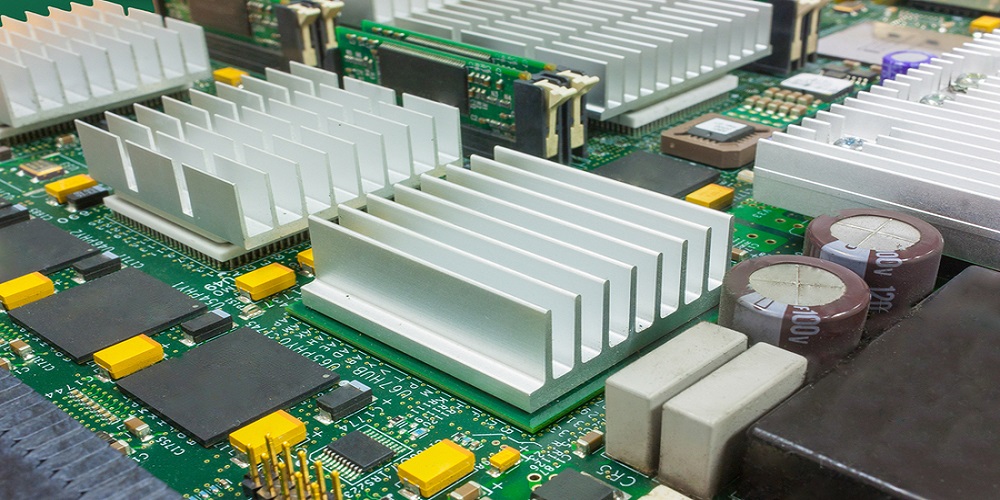
Which is better for heat sinks: aluminum or copper?
An average person might not know what heat sinks are or their function. It’s not as popular as terms like “computer” or “tech”. More people should know about heat sinks and how they work. If you don’t know what a heat sink is, it’s mainly a cooling device.
Electronic devices produce a lot of heat, so heat sinks help to bring down their temperature. Now, as a beginner, you may be faced with choosing either an aluminum heat sink or a copper one for your device. Which is better for you? Which will serve you for the long term?
You should figure this out early because, although copper has better heat conductivity, aluminum is commonly used for heat sink manufacturing. The question now is, why is aluminum common when copper can transfer heat through conduction better?
Let’s find out
Comparisons between aluminum and copper heat sinks
Several factors come to play
1. Thermal conductivity
If measured in Btu/hr.ft.℉, the thermal conductivity of copper is 231, while the thermal conductivity of aluminum is 136. This means that copper is far greater than aluminum when it comes to thermal conductivity. Aluminum only contains 60% of the thermal conductivity copper possesses.
Thermal conductivity is super important when it comes to heat sinks. Since heat sinks transfer heat through conduction, thermal conductivity is the scientific property that measures the capacity of a material to conduct heat.
It’s the amount of thermal energy that flows through a space per time. This invariably means that copper conducts heat better than aluminum.
That is one point for team copper.
2. Manufacturing and operating costs
The price (in USD) to purchase one metric ton of copper is three times the price used to purchase one metric ton of aluminum. This is to say that aluminum is more cost-effective than copper.
Imagine if a company decides to switch from copper heat sink production to aluminum heat sinks. They’d save over one-third of their initial operating and manufacturing cost. No company would ever pass on that opportunity to get the job done at less cost.
So, this is one point for team aluminum.
3. Weight
If measured in kg/m3, the density of copper is 8940, while that of aluminum is 2712. Comparing the density of these two metals, aluminum is smaller and thus, not as heavy as copper. The weight of aluminum is 30% of copper’s weight.
The weight saving is massive. Companies won’t have to employ more machines or manual labor to carry materials around.
Another point for aluminum.
Final thoughts
So, there you have it, ladies and gentlemen. Aluminum is certainly rampant for a reason. Whenever a company wants to do mass production, weight savings and cost are key factors, regardless of whether another material can give better quality products or not.
Notwithstanding, several copper heatsinks exist in the market. They are often used in cases where increased heat conductivity surpasses the weight savings.
Furthermore, costs could be reduced through a process called aluminum extrusion.
